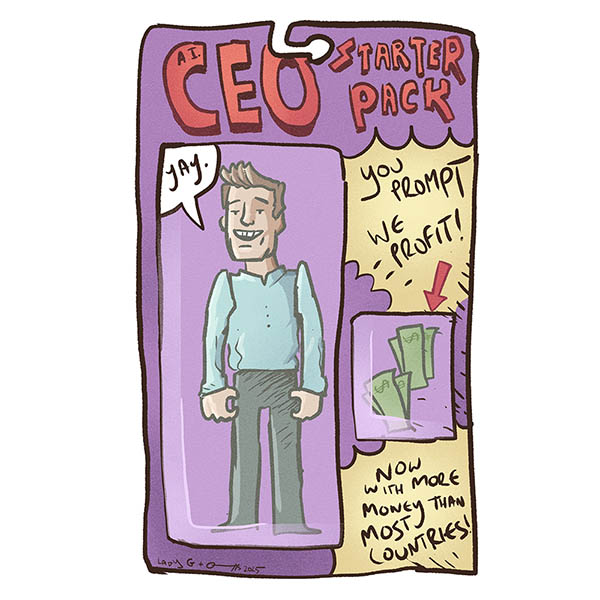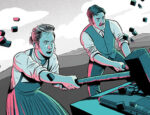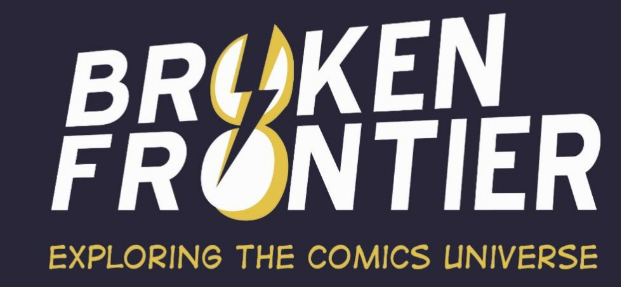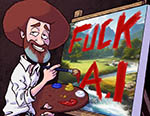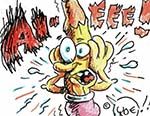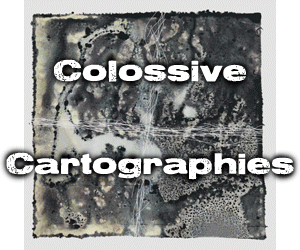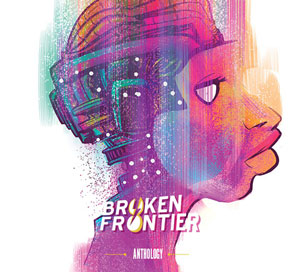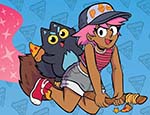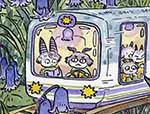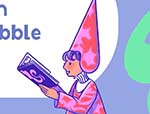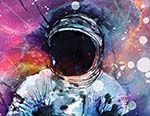And we’re back with round two of our thoughts from across the community on AI and comics. Here’s our standard intro for the series…
AI “art” is already encroaching on our comics spaces. There have been allegations of its use on well known mainstream properties; popular digital platforms host AI comics regardless; AI art comics-making apps are prevalent; arts institutions that should know better have offered generative AI comics-making courses; and perhaps most disappointingly established professionals have experimented/published using it. It remains an existential threat to creativity and to our comics community.
And supporting community is, of course, a large part of what Broken Frontier is about. So, with that in mind, some weeks back we put out a call on social media for contributions to a potential series of articles discussing the subject. To repeat our stance from that initial shout-out we’re not here to create “balance” on this issue. We’ve made it very clear where we stand at Broken Frontier on generative AI. This is about creating a record for posterity of the thoughts of those in our scene experiencing, or concerned about, the negative impact of the theft machine on their livelihoods, practice and the future of the form/industry in general.
Art by Owen Watts
If you would like to contribute please refer to that guidelines article here. We would particularly like to hear from more actual comics artists to make this a broader and more relevant series! And don’t be concerned if your comments aren’t in this part. We’re splitting things up into manageable reading chunks week by week. So here’s some thoughts on our first talking point: What are your greatest fears for the future of comics if the influence of Generative AI art goes unchecked?
Read all parts in the series in one place here
Véronique Emma Houxbois, cartoonist Transcription, Krakoa is Burning: I wouldn’t call it a fear per se, but where I could forsee this going is just a permanent substrate of garbage in the big two and licensed comics space. There has always been immense pressure on what fast food executives call “throughput,” just like the volume and speed output in the direct market, and that’s what I think makes this an attractive idea to some.
I think in some ways the direct market is headed for a reckoning with the human and artistic cost of maintaining the breakneck pace of monthly comics. Ian McInty’s recent death as well as the young ages that John Paul Leon, John Cassaday, and Butch Guice died at have created a persistent conversation in the industry around what the cumulative physical toll is of working at the pace necessary to make a living doing work for hire illustration and coloring for the direct market.
That could get resolved in one of two ways: more attention to sustainable publication and payment schedules, or the automation away from human artists of a whole section of low margin licensed work. Publishers like BOOM! who rely on producing comics based on IP they don’t own take a hit to their profits on those books in licensing fees, which has typically had the knock-on effect of driving down page rates on those books. It was a significant factor in why McInty kept the pace of work that he did.
So you can see a pathway there, to seek out ways to execute comics based on cartoons and so on using generative AI trained on the corresponding IP to recoup the margin under the rubric of shutting down a sweatshop operation. Not that you would expect the recuperated margins to be reinvested in human artists elsewhere.
And again, like, there’s a pathway there for the corporate owners of the big two, say nothing about Dark Horse, to do the same with much of the periodical tier of their output. Like, you will always get more money for a comic drawn by Jim Lee or Frank Miller or whoever than you could for mid tier AI slop, um, but like, if we’re being real a very significant amount of the big two’s monthly books are drawn by quasi house style artists who are virtually indistinguishable from each other. That section of the industry, the artists without the ability to accrue recognition and value to their name and style, are in an increasingly precarious position in the industry.
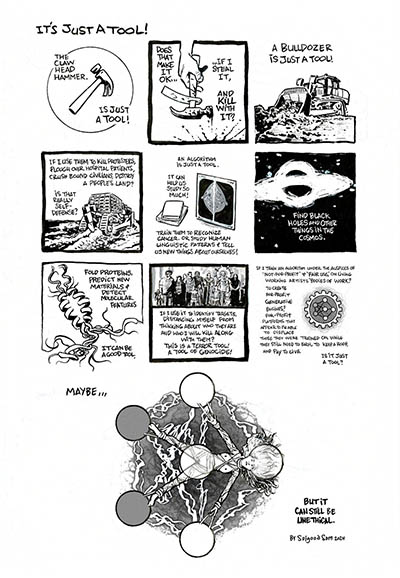
Comic strip by Salgood Sam
Alan Harding, creator of Satanic Whiff: The encroachment of AI into comics, and more widely all art-related spaces for me has a number of issues which feel incredibly troubling as of now.
Visual artists and their work have been systematically devalued and exploited for a number of years now, and AI has ramped that up significantly – and unchecked, will continue to do so. The pollution of comics spaces with AI will further push relevant and important work out of the public eye, where it can no longer do what it is so good at – inspiring, informing and engaging.
I personally love creating and reading comics because of the freedom and diversity. I think it is a medium with unparalleled opportunity for creative freedom and expression, with few constraints in style, tone or subject matter.
This is under threat with AI. As AI can only generate according to work that it has been trained on – we may be led down a creative bottleneck of conformity, over time stripping the medium of some of its most exciting attributes, and potentially burying the vital voice of marginalised creators who have fought so hard to be heard.
Rowen Horton, writer/colorist of Days Worth Living: Platforms like GlobalComix are one of the only avenues for indie comic artists to market their work, and they allow for the use of AI-generated comics that bloat up the site and draw attention away from human-made works. They are always sloppy, noticeably generated, and have no direction in their art beyond generic. With AI seeming to pop up all around us, even being used by corporations in advertisements, posters, and book covers, the need for actual artists is quickly disappearing.

GlobalComix host Generative AI comics on their platform (from their FAQs page)
While not worrisome to most, unfortunately, a large avenue of creators will no longer have a demand for their works/services. Beyond the immediate problems, a lower bar for quality and uniqueness will start to appear when all works begin to look the same and follow the same nonsensical plots and dialogue found generated by AI. Already many non-creators can find certain tells with AI in books written by professional authors like K.C. Crowne and Lena McDonald.





